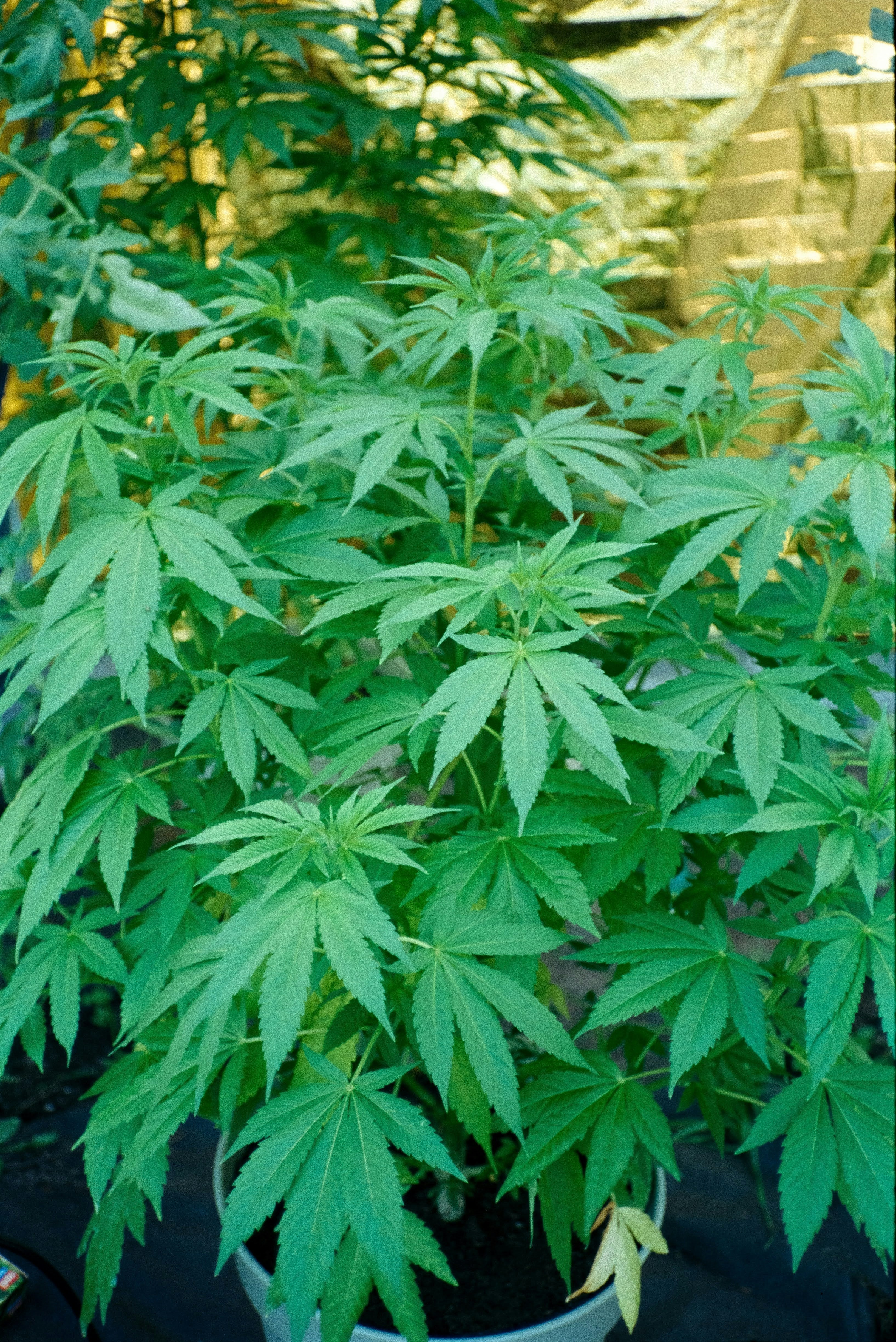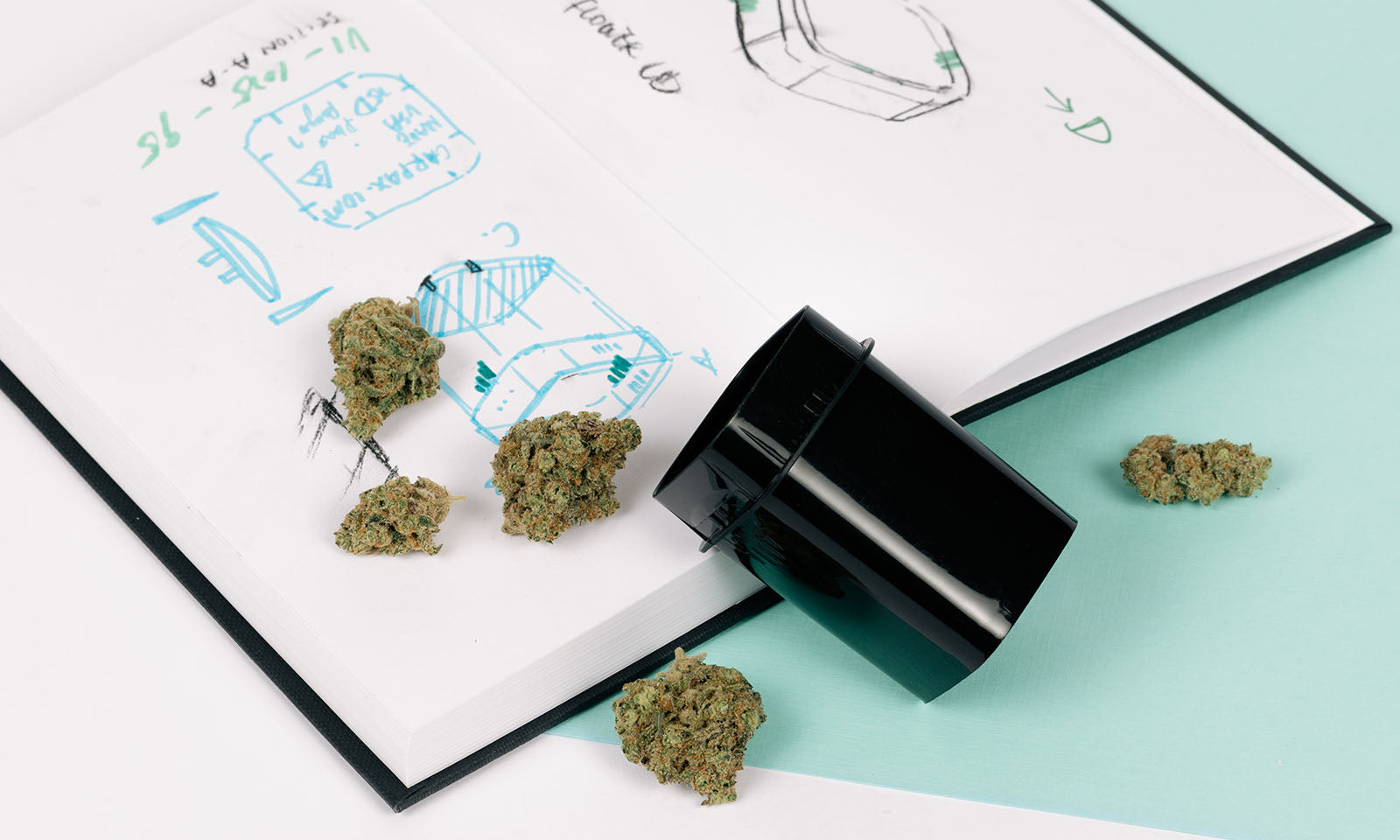Long before indica strains lined dispensary menus, one French botanist helped shape the way we think about cannabis: Jean-Baptiste Lamarck. In 1785, Lamarck introduced the world to Cannabis indica, a scientific classification that still appears on packaging and product labels across the cannabis industry today.
In this blog, we’ll look at how Cannabis indica got its name, who Jean-Baptiste Lamarck was, and why his contributions matter to the cannabis world—plus one fun reminder that if Lamarck had Calyx packaging back then, his findings might have stayed even fresher.
The Origin of Cannabis indica (1785)
The formal naming of Cannabis indica came in 1785, when Jean-Baptiste Lamarck, a French naturalist and biologist, received specimens of cannabis from India. He observed that these plants had characteristics distinct from the tall, thin-leaved Cannabis sativa plants described by Carl Linnaeus just a few decades earlier.
Lamarck proposed that the shorter, broader-leafed plants from India represented a separate species altogether—one that was:
- More compact and bushy
- Flowered faster than sativa varieties
- Produced a more resinous, psychoactive product
He named it "Cannabis indica, meaning “cannabis from India.” This botanical classification marked the first recognition of chemical and morphological diversity within cannabis, setting the stage for centuries of exploration, breeding, and debate around cannabis types.
Who Was Jean-Baptiste Lamarck?
Jean-Baptiste Lamarck (1744–1829) was a pioneering French biologist and early evolutionary theorist. He’s best known for developing Lamarckism, a now-discredited theory of evolution suggesting organisms could pass on traits acquired during their lifetimes.
While his evolutionary model was eventually replaced by Darwin’s theory of natural selection, Lamarck made significant contributions to taxonomy, the scientific practice of classifying organisms.
When it came to cannabis, Lamarck’s work expanded on Linnaeus’ original 1753 classification, which had labeled all cannabis as a single species: Cannabis sativa L. Lamarck’s introduction of Cannabis indica acknowledged important physical and geographic differences between cannabis plants—and suggested there was more complexity to the plant than Linnaeus had realized.

Sativa vs. Indica: A Classification Debate That Still Persists
Though Lamarck intended Cannabis indica as a botanical species distinction, the terms “indica” and “sativa” have taken on new meanings in the cannabis industry.
- Sativa strains are now commonly described as energizing, uplifting, and cerebral.
- Indica strains are often associated with relaxation, sedation, and body-heavy effects.
But botanists and cannabis scientists today widely agree: the chemical profile of a cannabis plant (its cannabinoids and terpenes) is a far more accurate predictor of effects than whether it's labeled indica or sativa.
That said, Lamarck’s decision to formally separate indica from sativa helped set a foundation for more nuanced understanding of the cannabis plant’s diversity.
A Missed Opportunity for Preservation
Imagine this: Lamarck is inspecting sticky, resinous Cannabis indica buds sent from the Indian subcontinent. But without proper storage or environmental control, the trichomes degrade, terpenes evaporate, and mold or moisture may compromise his sample.
If only Jean-Baptiste Lamarck had access to Calyx packaging.
With Calyx Drams, his cannabis samples could’ve been:
- Protected from UV light with integrated UV-blocking additives
- Preserved with airtight gasket-seal technology to reduce oxygen exposure
- Archived for further study in clean, durable containers with tamper-evident protection
It’s a fun reminder that packaging plays a vital role not just in modern commerce—but in the preservation of science, botany, and culture.
Why Lamarck Still Matters to Cannabis Today
While Cannabis indica and Cannabis sativa are no longer treated as completely distinct species by most modern botanists, Lamarck’s insight into cannabis variability laid the groundwork for the hybrid classification systems we use today.
In today’s industry, strain names like OG Kush, Ice Cream Cake, or Gelato are often described as “indica-dominant hybrids.” These labels, while imperfect, reflect the lasting impact of Lamarck’s initial species distinction.
More importantly, Lamarck’s classification reminds us that:
- The effects of cannabis are complex and driven by plant chemistry
- Botanical history plays an important role in shaping public perception
- Scientific naming systems evolve over time—but often leave useful legacies
Closing Thought: Cannabis History Is Still Being Written
Whether you’re a grower, brand, or curious consumer, it’s worth remembering that the story of cannabis is still evolving. Each advancement in science, packaging, regulation, and design builds on the work of early naturalists like Linnaeus and Lamarck.
If you're fascinated by cannabis history, classification, and the science behind the plant, make sure to check out our other Cannabis Info blogs.
Explore More Cannabis History and Science on Our Blog






















